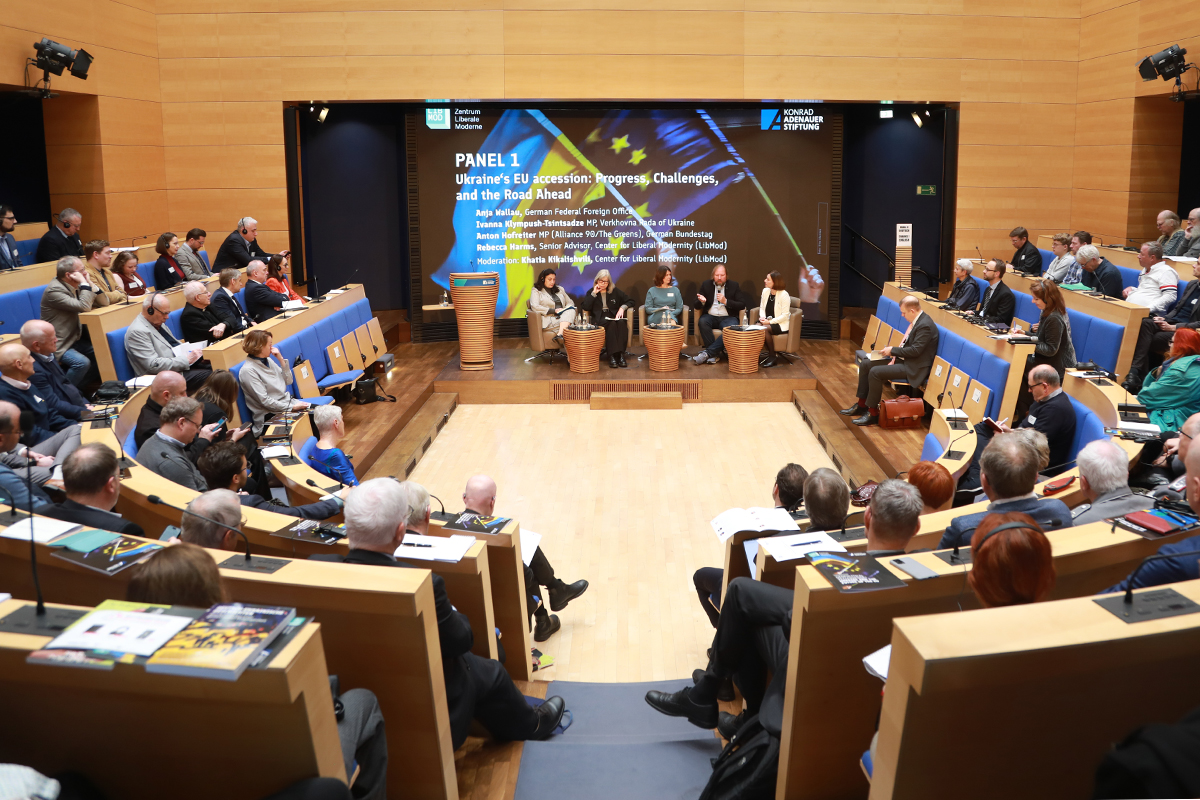Far-right extremists in the Bundestag: Radical delegates from Saxony

The five AfD Members of the Bundestag from Saxony are among the most radical in the party’s (Alternative for Germany) parliamentary group. At a party event near Pirna, the party base indulges in brutal mob fantasies. The new parliamentarians in attendance show tacit consent, conveying a sense of how dangerous their party really is.
To understand the world view represented by Saxony’s AfD deputies to the Bundestag, one has to leave the parliament and the capital behind and follow the deputies to their electoral districts.
It is 25th January 2018, a Thursday evening falling in a one-week recess of the Bundestag. The AfD is hosting an event in the Heidescheune in Cotta, a proper country inn located just a few minutes’ drive from Pirna. A board member of the local AfD chapter (Kreisverband Sächsische Schweiz/Osterzgebirge), serving as emcee at the event, unblushingly relates a brutal anecdote – and not the slightest objection comes from the three newly elected parliamentarians – their names are Siegbert Droese, Tino Chrupalla and Jens Maier – sitting next to him on the podium.
Mob fantasies of the party base
An incident on the fringe of the Biathlon World Cup in Ruhpolding. Nationalist-minded Norwegians come upon a supposedly left-wing winter sports fan. The left-wing “scumbag”, the board member reports enthusiastically to hundreds of listeners, was no match for the proud Norwegians: in a pub, they’d grabbed the guy and smacked him one, left and right, hard enough “that he lost his hearing and sight”. They had then “hauled him out into the street” and “thrown him in the rubbish”. Each of them, he said, “spit on the guy”, and then made it clear to him that “if he came back to the pub, he wasn’t going to end up lying on the street, but a bit deeper instead.” What the young German had done to awake the ire of these thugs was not made clear. But the chapter’s board member, who has also captivated audiences as a speaker at Pegida events on a number of occasions, held the perpetrators up as role models: “People, this is what national pride means!” Jubilation in the hall – and nary a word of protest from the three Members of the German Bundestag.
He calls himself “the little Höcke”
So, who are these politicians? No one is surprised that radical right-wing Jens Maier feels at home in circles like the one in Cotta. Maier himself calls himself “the little Höcke”. In January 2017, speaking in Dresden’s Ballhaus Watzke just before Björn Höcke, who was about to give his infamous historically revisionist speech, Maier blustered on about the “production of mixed races” and called for an “end to the cult of guilt”. At the time, he was still a judge serving on the Dresden district court. According to a report in the SPD monthly Vorwärts, Maier voiced understanding for the deeds of the far-right Norwegian terrorist Anders Breivik at an event hosted by the right-wing magazine Compact in April of 2017, claiming that despair had made the man a mass murderer.
At the Cotta event in late January, Maier advocated repealing the statutory provisions banning incitement to hatred, as they were being used to wage a “war on dissenters”. “Dissenters” like Maier? This was only a few weeks after Maier’s Twitter account was used to launch a racist attack on the son of ex-tennis pro Boris Becker, prompting the leadership of AfD parliamentary group to distance itself from Maier.
Poser photos in front of the “Wolf’s Lair”
Like Maier, parliamentarian Siegbert Droese also has close ties with Björn Höcke’s nationalist wing, which dominates the Saxon chapter of the party. Droese already made headlines back in 2016, because as district party leader in Leipzig, it was under his responsibility that two AfD cars were driving around with Nazi codes on their license plates: L‑AH1818, i.e. Adolf Hitler’s initials and L‑GD3345 – Großdeutschland (Greater Germany) 1933–1945. According to the Tagesspiegel, Droese claimed not to know what the combinations of letters and numbers meant: “I was astonished by what people read into that.”
Over the weekend, an opponent of Droese from within the party published a photo showing him posing, with one hand on his chest, in front of the ruins of the Wolfsschanze (Wolf’s Lair), the former Wehrmacht headquarters. This did not, however, prevent the AfD Saxon party congress in Hoyerswerda from choosing Droese, who had previously been acting head of the Saxon chapter, as the new deputy head of the Land party on Sunday.
The moderates remain silent
And Chrupalla, who holds office in the Bundestag as one of five deputy chairs of the parliamentary group? Die Zeit, which sorted the AfD deputies into categories after the Bundestag elections, classed the master painter from Weiswasser as a moderate. Perhaps the former CDU supporter himself would agree with this assessment. The far-right radicals are the ones setting the tone at the Saxon chapter of the AfD now though. It appears that any lingering inhibitions were jettisoned when former federal and state party leader Frauke Petry left the party, along with several of those loyal to her. As was evident at the Heidescheune in Cotta, AfD politicians like Chrupalla prefer to keep silent in the face of their even more radical party colleagues.
The CDU is baffled
How could the AfD have become so powerful, in Saxony of all places? It beat out the CDU in the Bundestag elections there, albeit narrowly, with 27 percent of the vote, to become the strongest party in Free State of Saxony, which the CDU had dominated since 1990. Minister-President Stanislaw Tillich stepped down after that. The Saxonian Union had not been able to clearly distinguish itself from the AfD. On the contrary, with its ongoing relativisation of far-right extremism and xenophobia, it has blurred the line between democrats and authoritarians.
In Saxony in 2014, the AfD entered a Land parliament for the first time. Electoral successes in Brandenburg and Thuringia followed shortly thereafter. In Saxony, the AfD replaced the NPD, which had been represented in the parliament in Dresden for two legislative terms, since 2004. Led by the party’s former leader Petry, the AfD won 9.7 percent of the vote. While Petry and her supporters made words like “völkisch” socially acceptable, her supporters were seen as less radical in comparison to the other groupings within the party, such as those in Thuringia, Saxony-Anhalt and Brandenburg. A study by the former Green state parliamentarian Miro Jennerjahn attested that the demands made by the Saxon AfD were comparatively modest.
Role in the Government after the election?
Nonetheless, the AfD spoke straight to the Zeitgeist, especially in Saxony. The subsequent radicalisation of the Saxon chapter did nothing to change that. A survey run by the daily Sächsische Zeitung showed that two out of three Saxons believe that East Germans are merely second-class citizens. According to the “Sachsen-Monitor”, prepared at the behest of the Saxon State Government, 56 percent of Saxons believe that the “Federal Republic is swamped to a dangerous extent by the many foreigners”. That is a substantially higher percentage than those found in comparable national surveys. This feeling of being outpaced is coupled with a pronounced hostility towards foreigners and is the fertile soil which gave rise to the ArD’s explosive success.
The CDU, the party to which all heads of government in Saxony has belonged since 1990, is apprehensive about the Land parliamentary election to be held in the summer of 2019. Tillich’s successor, Kretschmer maintains that he considers a coalition with the AfD to be out of the question “forever”. He has said that anyone in the state party seeking such an alliance is in an “extreme minority position”. He does not want to shift the Saxon CDU back towards the centre and thus closer to the positions of Angela Merkel though. The Tageszeitung attests that Kretschmer is steering “ambivalent course vis-à-vis the extreme right”, quoting from a keynote address he gave at the TU Dresden: “On the asylum issue, it is completely legitimate to say: This has gone too far for me, I don’t agree, I think it’s too expensive. We did not allow this debate to happen in 2015.”
The AfD has stated the objective of taking so many votes away from the SPD, traditionally weak in the Saxon parliament, that it will become impossible to form a government without the AfD. In this way, they hope to put the CDU in a position where it has no choice but to offer a coalition to the AfD. According to a November survey commissioned by the Sächsische Zeitung, the AfD, with 23 percent, would become the second most powerful party, after the CDU (33 percent). The SPD would come in as an also-ran at 12 percent.
It sounds alarming, but it is not improbable: if the CDU caves in, Saxony might be the first Bundesland with radicals from the far right in government.
![]()
Related Content
Subscribe our Newsletter
Receive news about our topics regularly with our LibMod newsletter in German language.




